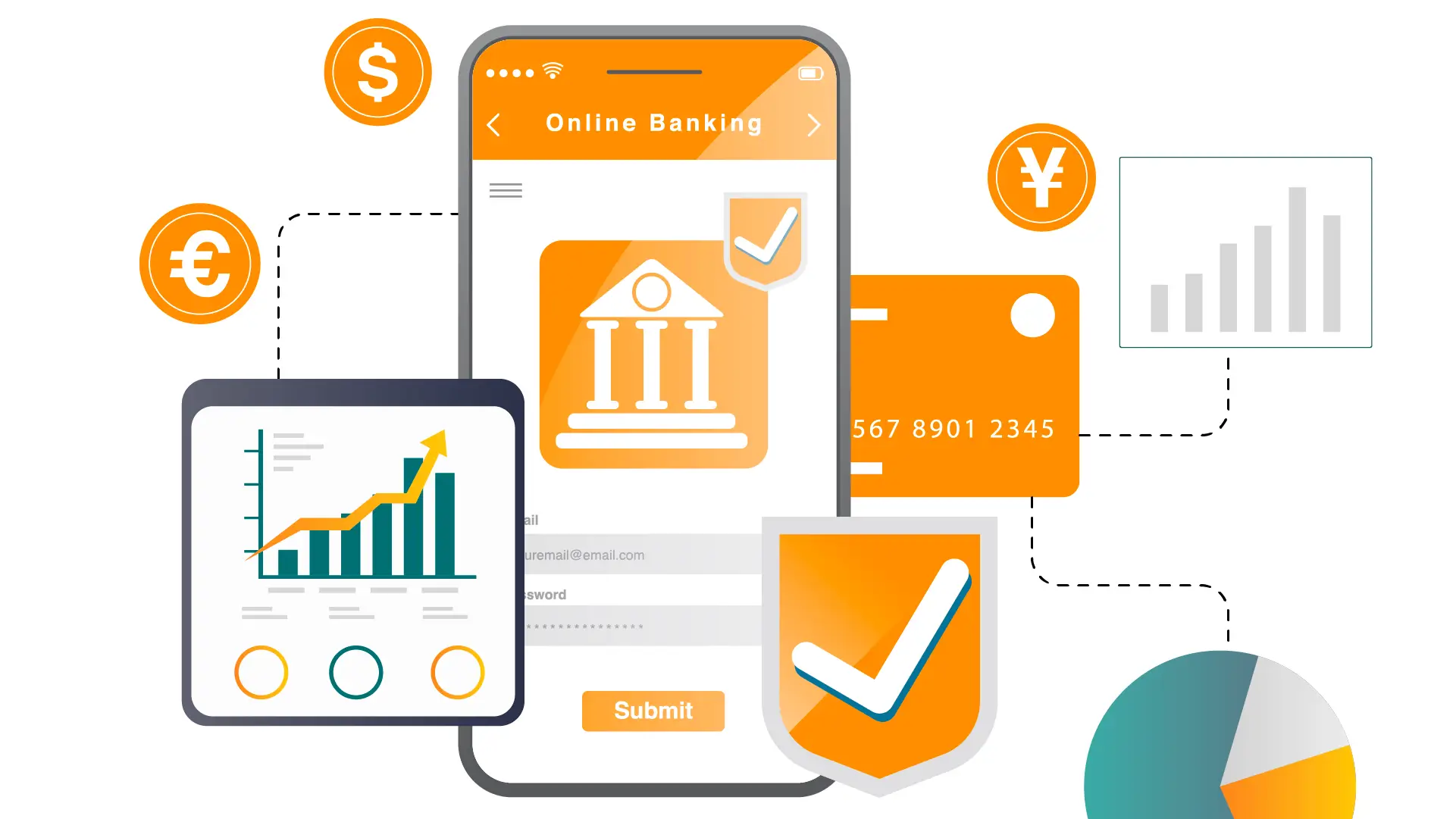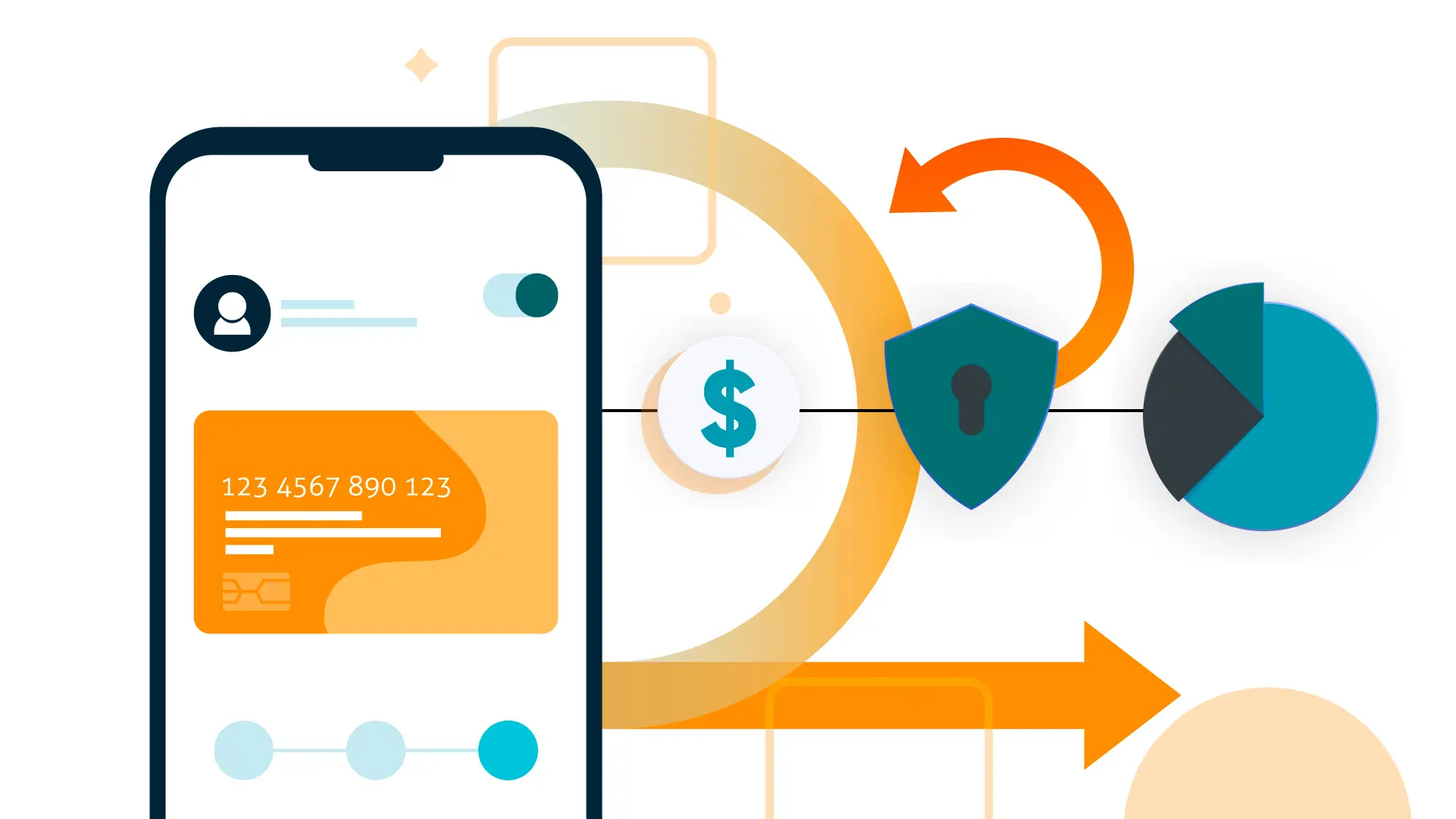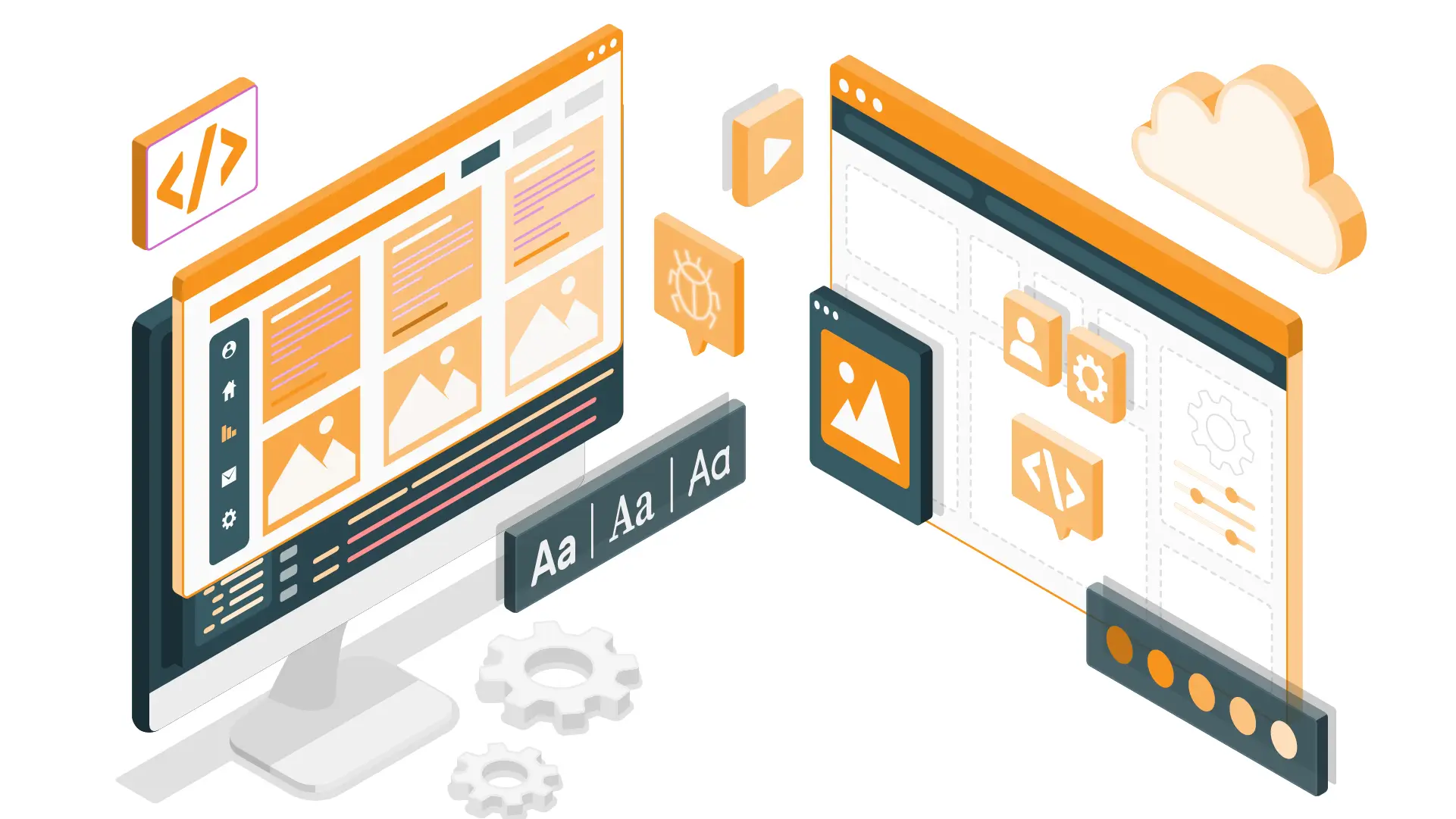Every business demands to ace the industry competition with top-in-class software development across their organizations. While the demand for software has expanded like never before in the recent past, it has become crucial to deliver beneficial, affordable, and competitive software while meeting the current industry and consumer demands.
Software testing is a key to these. However, the traditional techniques of sequential testing are known to be time-consuming, leading to a longer time-to-market, negatively impacting the profits and ROI of a business.
This opens doors for parallel testing. This software testing framework incredibly reduces the cost and time associated with conventional testing methodologies.
Read: The Different Types of Software Testing
Let us walk through a holistic parallel testing guide.
History of Testing Frameworks
Traditionally testing formed an integral part of the software development process, which has been utilized for years as part of the waterfall approach. In conventional test environments, testing is manual and sequential, where designated testers would use beta software to identify parts that don't work correctly, the bugs, inefficiencies and eliminate those before the software release.
However, there used to be several scenarios where the software went to market with built-in issues. Despite being aware of specific problems, the organizations ignored those for the lack of time required to execute the testing. Gradually with the introduction of agile software development and the separation of Development Operations from IT Operations, the entire software development methodology grew more scalable and flexible. Newer automated testing techniques came into the space that significantly helped reduce time-to-market, which is crucial for successful software launches while keeping up to the quality requirements.
What is Parallel Testing?
Parallel testing refers to a software technique or process that leverages automation testing capabilities to execute the same tests simultaneously in multiple environments, real devices, and browser configurations, which significantly reduces the time and efforts of testing. While executing parallel testing, the tester runs two separate versions of the software parallelly with the same input. The goal here is to identify whether the legacy system and the new system are responding similarly or differently. This task enables the software tester to ensure that the new system possesses the required capability to run the software efficiently.
Parallel testing can be executed either with test automation tools or by manual means.
In parallel testing, the automation framework is integrated with cloud-based solutions and virtualization that helps maintain and monitor device management to scale automated tests across platforms concurrently.
Parallel testing in Selenium
Selenium Grid enables users to run tests in multiple environments and browsers concurrently, assisting in performing automated cross browser testing across several browsers and their corresponding versions simultaneously. One of the best approaches for executing parallel testing is to build different projects for browser compatibility testing in different parts of the web app and a master project for testing the various projects.
There is a two-level criterion for executing parallel testing in Selenium:
Entry-level criteria
In this criteria, specific tasks are defined that need to be achieved prior to executing the tests in parallel. These tasks include:
- Establishing a testing environment setup before starting parallel testing in Selenium
- Migrating new and legacy data successfully
- Defining pre-conditions and scenarios prior to beginning the automated browser testing process
The Exit level criteria
This level defines the steps for running the parallel testing successfully, which include:
- Running old systems against the newly developed systems
- Understanding the differences between both systems
- Going through the entire automated browser testing cycle while utilizing the same input
- Evaluating the output of a newly developed system compared to the old system
- Reporting the bugs, if any, to the development team
Why do we need parallel testing?
Parallel testing has unlocked the path to straightforward and simplified testing methodologies, assisting software engineers in executing testing and ensuring functionalities, quality, and other attributes to make it perfect for users. The key reasons for executing parallel testing can be listed as follows:
- This method assists large organizations in conducting large-scale testing that streamlines the business processes further and improves their revenue and other statistics.
- This testing approach executes redundant testing to ensure that the new version of the app performs accurately as per the client's requirement.
- Parallel testing helps demonstrate consistencies and inconsistencies between the new and old versions and ensures the integrity of the new app.
- Parallel testing also assists in verifying if the data format between both versions has changed.
Executing parallel testing on mobile devices
Automate the entire parallel test plan template that can be automated
The process must begin with choosing a test automation structure or a framework. As you start to evaluate mobile testing frameworks, there are certain vital questions that you should keep in mind to uncover the requirements and understand the impact of a new tool on the organization's processes, tech stack, and teams.
- Will the framework address the evolving business and testing needs in the future?
- What type of app is being developed?
- Does the framework cater to the usability, speed, parallel testing, and hosting requirements?
- How complex is the workflow of the testing framework?
Testing platforms like Appium, Robotium, HeadSpin, and Espresso efficiently support parallel testing on multiple mobile devices.
After choosing the right mobile testing framework, one should focus on efficiently writing the test scripts for the test cases.
Choose the mobile devices on which you want to run the test cases
Once the test cases and scripts are ready for test automation, one needs to decide the devices on which the tests are to be run. This is a highly crucial step as testing on the right devices and enhancing your app's quality helps gain popularity, increase downloads and improve revenues.
HeadSpin, a collaborative testing platform, offers extensive parallel testing capabilities to run multiple tests concurrently on real devices, schedule them as per convenience and across multiple locations.
Best practices for parallel testing
In order to achieve the desired outcomes from parallel testing, one can consider the following tips to enhance the testing results.
Having cloud infrastructure in place
Executing parallel testing on local infrastructure can often be expensive. Organizations require several hardware, software, and mobile devices to run tests simultaneously. In contrast, public cloud infrastructure costs as per usage. In such cloud-enabled testing environments, the QA team can leverage several VMs to execute the scripts on different configurations simultaneously and then deactivate those. There is no associated ongoing cost, and the usage is high but shorter.
Reviewing and optimizing the test suite
Very often, testers wish to add each and every test case to increase the test coverage. However, to improve the efficiency of parallel testing, they need to prioritize the test cases. It is essential to choose tests that cover the more risky areas of the application in terms of code complexity and critical functionalities.
Making test scripts atomic
Test scripts should only explore a single scenario. This practice assists QA in defining the objective of the test and documenting defects very precisely.
Running autonomous test scripts
For parallel test execution, a single test cannot depend on the results of another. With autonomous test scripts, QA can reduce the number of blocked tests during a test run.
Focusing on data management
For parallel testing, it is crucial to implement efficient test data management. This begins with a well-defined strategy. There are primarily two components: a creational strategy that creates test data needs and a cleanup strategy that cleans it up. However, the most crucial aspect is that the strategy is adapted to a particular case. Following are some approaches that can make data management strategies efficient:
- Elementary approach that has no creation and cleanup strategies
- Refresh-your-data approach that resets the source code in between test executions, but it has no creational strategy
- Selfish data generation approach that has a creational strategy but no cleanup strategy
One can mix and match these approaches to suit the cases better and explore alternatives like generating new data or refreshing specific data.
Ensuring desired speed of tests
It is a mandate for testers to ensure that the test time per script must be less than a minute or even lesser in the local environment.
Avoiding hard code values
The majority of the testers run their tests in a particular sequence due to hard code embedded directly in the source code. This methodology prohibits testers from running tests in parallel appropriately as it creates dependencies between test cases. Therefore, it is advisable to avoid hard code values to ensure that each test is independent and can be executed when required. A tester can also deploy a data-driven approach in the testing framework for configuring test cases.
Benefits of Parallel Testing
As parallel testing depends on running virtual machines in the cloud, the time invested for testing can be divided by the number of test machines. This allows for reducing the testing time to fractions compared to traditional sequential methods. However, the parallel testing benefits are not limited to the time-saving factors. The key benefits of parallel testing include:
Reduce testing costs:
Executing tests in parallel significantly reduces the cost per test. With on-demand access to the latest browsers and devices in the cloud, testers need not maintain an in-house browser or device infrastructure. Parallel testing allows garnering the benefits of having several browsers and device combinations to guarantee the desired performance of the application.
Increase test coverage:
Besides being fast, parallel testing offers access to more than 2000+ different devices, platforms, and configurations in the cloud that assists in increasing the breadth of coverage of your testing. One can create a single test on their local machine and run that test in parallel to any macOS or Windows browser that include Firefox, Chrome, Microsoft Edge, Safari, and Internet Explorer. If the app is compatible with mobile browsers, one can also run the same test across supported browsers on every iOS or Android device.
Affordability
Leasing test time on cloud services is a cheaper option than building and maintaining an internal testing infrastructure. Additionally, cloud-based testing grids enable running tests at high concurrency, drastically reducing the cost per test.
Optimizing CI/CD Processes
Parallel testing is a good match for continuous integration and delivery. Testing in parallel allows teams to run tests as soon as developers submit the new code updates throughout the entire software development lifecycle. Further, timely reporting and quick feedback also enable better communication among various departments.
Improvement of testing practices
Parallel testing has the potential to improve the QA routine in an organization. With high-speed testing, one can perform more tests in a shorter span, which helps provide the QA team a chance to improve testing practices and identify bugs and other loopholes faster.
Also read: Why Testing Early in the Software Development Lifecycle Is Important
When should you perform parallel tests or parallel testing?
While we develop an understanding of the basics of parallel testing, it is crucial to know when parallel testing should be implemented. Below are some of the instances that require implementing parallel testing:
- During an uncertainty regarding the correctness of the processing of new applications where the old and new versions are similar
- In the case of financial applications like banking that involve several apps whose processing can be verified for the new and old versions through parallel testing
- Scenarios where two systems are synchronized by a team of software engineers
- For importing legacy data from one system to another
How to implement parallel testing?
The methodology for parallel testing execution must include a series of steps deployed accurately by the testing team that includes:
- The testers must ensure running the old and new system application versions simultaneously
- The differences between the systems are to be identified and evaluated appropriately
- In case of any difference between the systems, the testers must consider the entire SDLC by providing the same input
- Post the formulation of these steps, the generated output should be evaluated
Check out: A Comparative Guide to Automation and Manual Testing
Limitations of parallel testing
Despite several advantages, parallel testing is faced with certain challenges that not only interfere with the completion of testing but make the process more time-consuming and expensive. Some of these limitations are:
Complex dependencies
Parallel testing is impractical when separating the components due to the nature of the project is almost impossible. Tightly coupled components are not generally suggested, and the effort for uncoupling those are always vital. However, as long as there exists a high level of interdependence, it is not easy to utilize parallel tests.
Flaky tests
There might be several reasons for flakiness. For example, it can occur due to reliance on test orders, lack of resources, or external dependencies. If testers have to deal with these instead of relying on re-running or ignoring false negatives as a short-term solution.
Resource management
It is crucial to have a holistic knowledge of how many tests are to be run parallelly, how many browsers, how many hours of testing, how much RAM, how the time will be required to lock up the process, and much more prior to testing.
Multiple browser issues
Parallel testing can allow testers to execute cross-browser compatibility testing. However, in reality, its coverage of multiple browsers is much more restricted.
Automation expertise
It is important to precisely understand the product and its functionality for executing parallel testing. For this, there is an immense need for an automation expert with superior knowledge in parallel testing.
Other challenges include:
- Testing each outcome accurately
- Immense focus on the data input and flow of product
- Platform limitations like the CI/CD platform might limit parallelization.
Best uses for parallel testing
Certain scenarios that can be the best fit for testing uses are:
- Testing across multiple mobile devices, browsers, and networks
- Assessing versions
- Testing compatibility
- Testing localization and internationalization
- Reviewing language and validating context
- Testing environment configurations
The product types that specifically benefit from parallel testing might include software with custom-tailored UI controls, end user-oriented products, and rapidly evolving products that rely on entrenching into the market first to gain users.
Check out: Exploring The Top CI/CD Tools for DevOps for 2025
The top parallel testing tools
The marketplace offers a wide range of parallel testing tools today, such as:
- Selenium — The TestNG automation framework in Selenium allows to organize tests and maintain readability for tests efficiently. With its support for parallel testing, TestNG makes it easy to perform parallel tests. Leveraging the auto-defined XML file, one can specify parallel attributes to classes, tests, and methods.
- Appium — Appium offers a way for users to automate multiple Android sessions on a single machine on a single server instance. All it includes is starting the Appium server on any single available port. Further, with Xcode9 Appium supports parallel Real Device and Simulator testing for parallel iOS tests.
- HeadSpin — HeadSpin offers a user-friendly interface, integrations, and automation and allows for multiple parallel tests to be executed simultaneously. This capability drives scalability and a wider coverage. Further, the platform allows testing devices located in different locations across the world to enable testing of the mobile application under any time and network zones. By enabling parallel testing, HeadSpin ensures the integrity of the system.
Conclusion
Parallel testing has been identified as one of the most efficient techniques that enable developers and testers to create a more effective CI/CD pipeline and minimize risks, efforts, and costs. Parallelization has also been a key to cutting QA expenses and running cases at high concurrency, and constantly improving scripts to get more accurate results. Today's market has opened doors to plentiful parallel testing toolkits to help leverage the benefits of this testing approach and streamline the entire SDLC.
FAQs
1. What are the two ways of scaling parallel tests in CI/CD?
The two key types include:
- Vertical parallelization takes place while utilizing tools that can isolate tasks and run them simultaneously by taking advantage of the CI machine's cores.
- Horizontal parallelization is the process where we can explicitly configure every task and direct execution flow by design.
2. What should not be termed parallel testing?
The scenarios where the testing shouldn’t be considered as a parallel method are:
- Executing a test on one software only
- The primary goal of testing is to identify the design issue
- Testing does not require identifying the difference between old and newly developed systems
3. What is TestNG in Selenium?
TestNG in Selenium refers to a Java testing framework that is inspired by JUnit and NUnit. This mitigates the limitations of JUnit and introduces a new set of properties to make TestNG more powerful and simple to use.
4. What is Selenium RC?
Selenium RC is a framework for testing that allows testers and developers to design test scripts in several languages for automating frontend UI test cases. It is a pivotal part of Selenium that has a client library and a server to start and quit browser sessions by default.










































-1280X720-Final-2.jpg)






